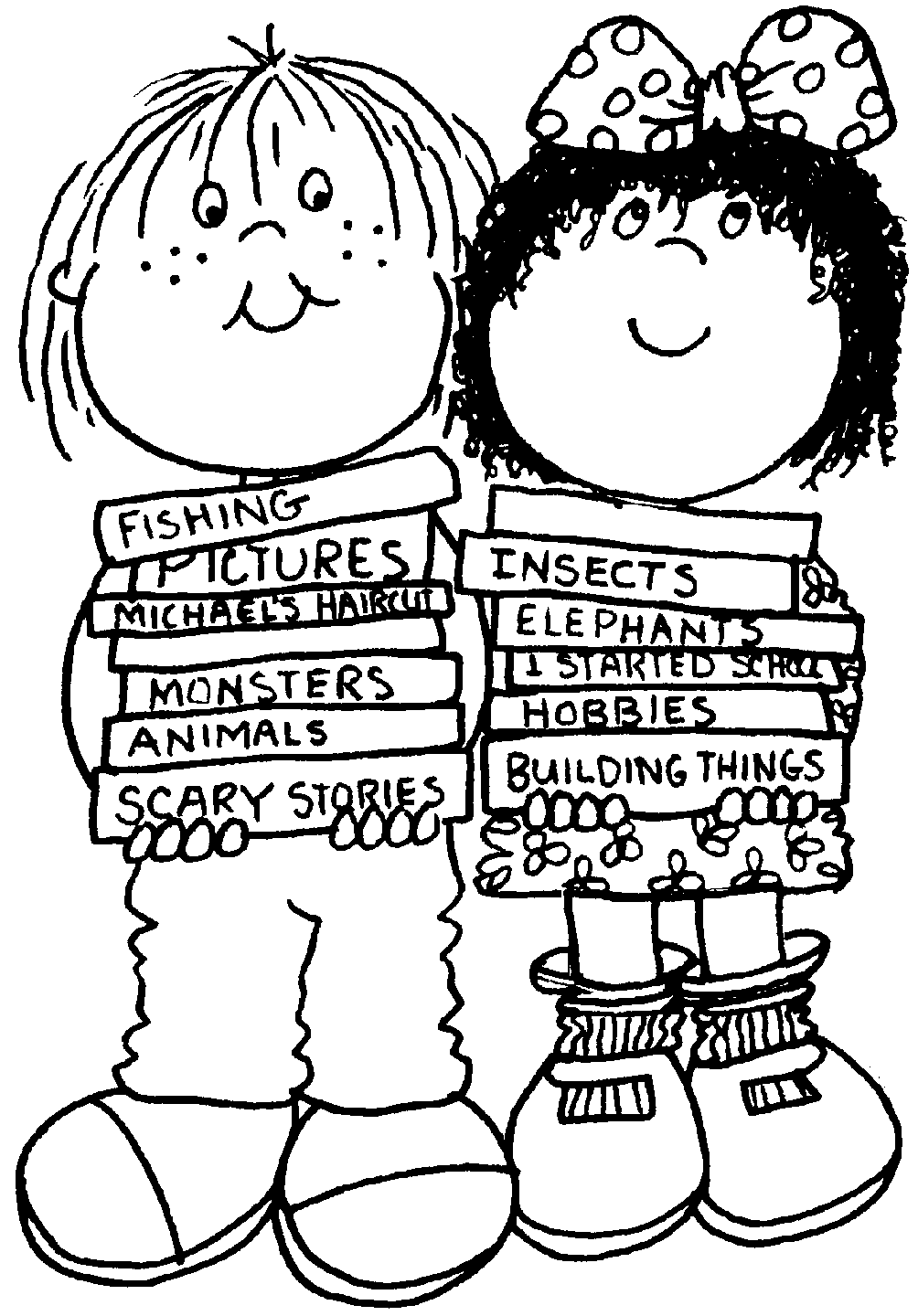
Some of their faces were expressionless. But most looked skeptical. A boy in a blue hoodie rested his chin on the heel of his palm.
I had just explained to the 9 boys in this 7th grade special education class that I worked with teachers and students in writing, and that I was going to work with them once a week for the next three months. Their faces told me what I said was lame— writing? Not exactly what you would dangle in front of these children to make them excited. I had to do something quickly before I lost their attention completely. So I turned to the front of the room, grabbed a piece of chalk and drew a big diamond shape on the blackboard. Behind me, I could feel that they were scrutinizing my every move.
Turning back to the boys, I revealed that I grew up in China and didn’t really understand how baseball worked. Would any of them please explain the game to me? Several hands shot up. The boy in the blue hoodie sprang out of his seat and took the chalk from my hand. He explained positions, rules and scoring, aided by drawing circles on the diamond. I then asked the boys to explain what “bunt” meant. Three of them started answering all at once. A tall boy stood up and illustrated the moves holding an imaginary bat, to differentiate a bunt from a full swing.
 Expressing gratitude for their explanations, (and inwardly for not losing them), I reached into my book bag and pulled out Maniac Magee (Jerry Spinelli, 1990). I told the boys that there was a chapter in this book about baseball. I would like to read it to them in light of my new baseball knowledge, and particularly knowing what “bunt” meant.
Expressing gratitude for their explanations, (and inwardly for not losing them), I reached into my book bag and pulled out Maniac Magee (Jerry Spinelli, 1990). I told the boys that there was a chapter in this book about baseball. I would like to read it to them in light of my new baseball knowledge, and particularly knowing what “bunt” meant.
No one objected. In fact, everyone perked up. Turning to chapter 7, I began to read the best way I could. There was nothing better for me as a teacher than seeing students’ wide eyes under the spell of a good book. When I reached the part where Jeffery Magee bunted the “frogball,” the boys laughed out loud. When chapter 7 ended, they asked many questions: Who was Jeffery Magee? Where did he come from? What happened to him? Why was he so good at baseball?
 There. They were hooked! Better still, Chapter 7 of Maniac Magee had enticed this class of 9 boys into reading the entire book! It turned out to be an amazing entry point into a three-month journey in which the boys not only read but also wrote about reading and themselves; they revised, crafted, and celebrated.
There. They were hooked! Better still, Chapter 7 of Maniac Magee had enticed this class of 9 boys into reading the entire book! It turned out to be an amazing entry point into a three-month journey in which the boys not only read but also wrote about reading and themselves; they revised, crafted, and celebrated.
I carry this story with me into teacher education, into classrooms with children of all ages, hoping that the magic of good books will draw youngsters into the world of reading and writing, and that read-alouds will become invitations to discover passion and wonder between book covers.
But things are more complicated these days. As I walk down the school halls, I rarely hear teachers’ and children’s voices reading aloud. Read-alouds, shared reading, and interactive reading are not daily occurrences any more.
It seems to me that in an era of standards-based testing, anything that does not produce direct standards-based behaviors is at risk of becoming marginalized. Fortunately, we still have resilient and resourceful teachers who strongly believe in the power of reading-aloud to children.
I feel very fortunate and encouraged when I see teachers striving to squeeze in time for reading aloud; some even incorporate strategy instruction in their reading aloud to justify the time it takes to read to children!
 Reading aloud deserves attention. By sharing the joy of reading to children, we are helping to create powerful readers for life instead of just indifferent readers for school.
Reading aloud deserves attention. By sharing the joy of reading to children, we are helping to create powerful readers for life instead of just indifferent readers for school.
